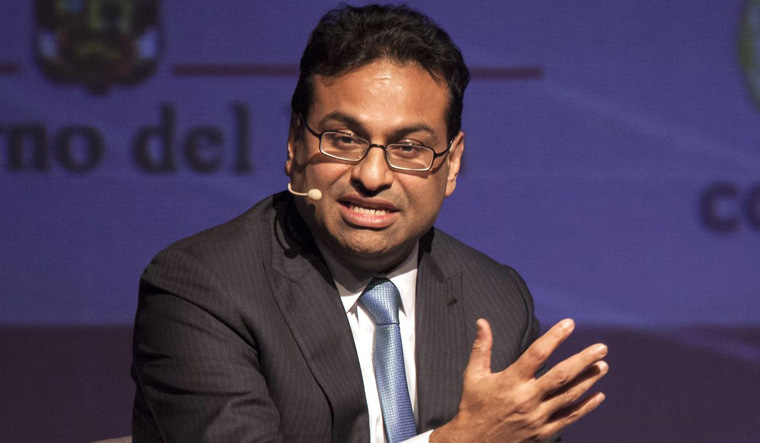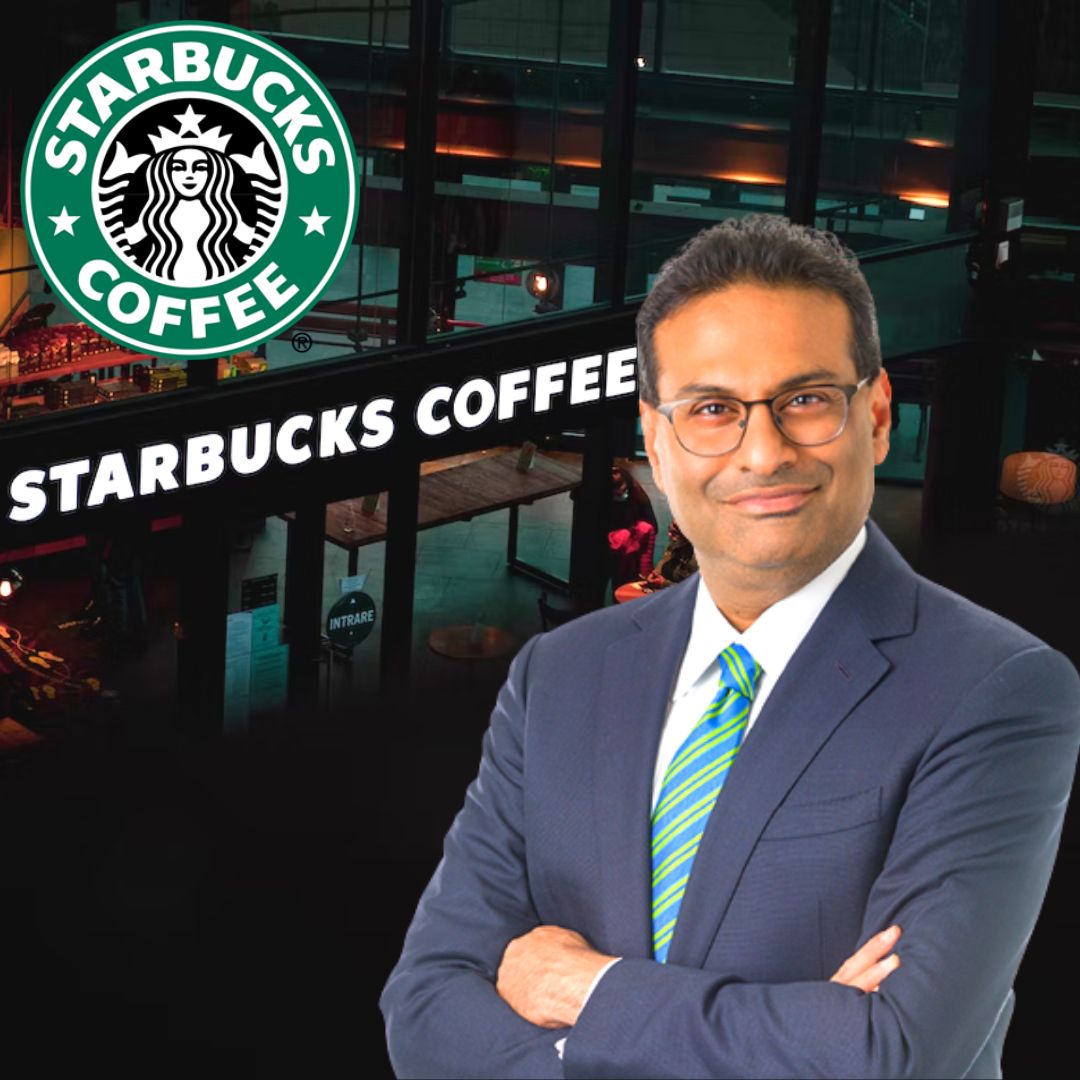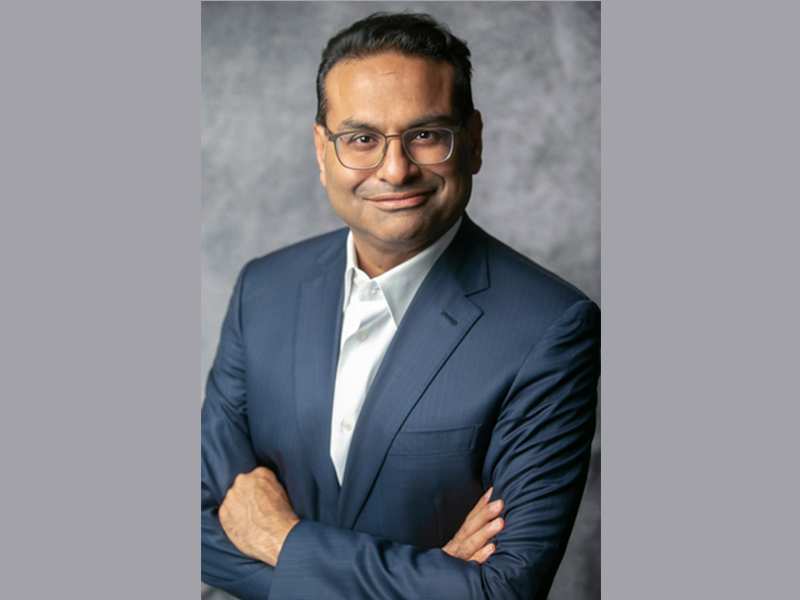Starbucks CEO’s Leadership Style and Impact

The leadership style of Starbucks CEOs has played a pivotal role in shaping the company’s trajectory, from its humble beginnings as a Seattle coffee shop to its global dominance. Each leader has brought unique perspectives and approaches, influencing the company’s growth, brand image, and cultural values.
Howard Schultz’s Visionary Leadership
Howard Schultz, the company’s founder and former CEO, is renowned for his visionary leadership. His passion for coffee and commitment to creating a unique customer experience were instrumental in establishing Starbucks as a cultural icon. He envisioned a “third place” where people could connect and enjoy a high-quality coffee experience. Schultz’s leadership style is characterized by his charisma, his ability to inspire employees, and his relentless pursuit of excellence. He fostered a strong company culture that emphasized customer service, employee empowerment, and social responsibility.
Leadership Styles of Subsequent CEOs
Following Schultz’s departure, Starbucks has been led by a series of CEOs, each with their distinct leadership style and impact.
- Orin Smith (2000-2008): Smith focused on operational efficiency and expanding Starbucks’ global presence. He introduced new initiatives to streamline operations and improve profitability.
- Jim Donald (2008-2008): Donald faced a challenging period characterized by declining sales and customer dissatisfaction. He implemented strategies to address these issues, but his tenure was short-lived.
- Howard Schultz (2008-2017): Schultz returned to the helm of Starbucks during a time of crisis. He focused on restoring the company’s core values and revitalizing its customer experience. He emphasized the importance of innovation, sustainability, and social responsibility.
- Kevin Johnson (2017-2023): Johnson focused on digital transformation, expanding Starbucks’ mobile ordering and delivery services. He also emphasized growth in emerging markets and emphasized a focus on innovation.
- Laxman Narasimhan (2023-Present): Narasimhan’s leadership style is characterized by a focus on driving innovation and digital transformation. He aims to build upon the company’s global footprint and expand its offerings in areas like plant-based beverages and personalized experiences.
Impact of Leadership Styles on Starbucks’ Direction, Ceo starbucks
The leadership styles of Starbucks CEOs have had a significant impact on the company’s direction and strategic priorities.
- Expansion and Global Growth: Schultz’s initial vision, coupled with Smith’s focus on operational efficiency, propelled Starbucks’ expansion into a global brand.
- Customer Experience and Innovation: Schultz’s second tenure, characterized by a focus on customer experience and innovation, led to the introduction of new products and services, including mobile ordering and personalized experiences.
- Digital Transformation: Johnson’s leadership accelerated Starbucks’ digital transformation, making it a leader in mobile ordering and delivery.
- Sustainability and Social Responsibility: Starbucks has become a leader in sustainability and social responsibility, with a focus on ethical sourcing, environmental stewardship, and community engagement. This commitment was driven by Schultz’s vision and has been maintained by subsequent CEOs.
Key Decisions and Long-Term Consequences
Starbucks CEOs have made key decisions that have shaped the company’s long-term trajectory.
- Expanding into Global Markets: Starbucks’ decision to expand into global markets under Smith’s leadership has resulted in a significant increase in revenue and brand recognition.
- Introducing New Products and Services: Starbucks’ commitment to innovation, driven by Schultz’s vision, has led to the introduction of new products and services, such as Frappuccinos, seasonal beverages, and mobile ordering. These initiatives have contributed to Starbucks’ success and helped it stay ahead of the competition.
- Focusing on Sustainability and Social Responsibility: Starbucks’ commitment to sustainability and social responsibility has been a key differentiator for the company. This focus has enhanced the company’s brand image and attracted customers who value ethical business practices.
Key Challenges and Strategies Faced by Starbucks CEOs: Ceo Starbucks

Starbucks, a global coffeehouse giant, has faced various challenges throughout its history, demanding strategic leadership and adaptability from its CEOs. These challenges have ranged from fierce competition and market saturation to evolving consumer preferences and the need for sustainability. This section delves into the major challenges and the strategies employed by Starbucks CEOs to navigate these complexities.
Competition and Market Saturation
Starbucks has faced intense competition from various players in the coffee industry, including local coffee shops, fast-food chains, and other multinational coffee companies. The company has also faced the challenge of market saturation, especially in its core markets like the United States.
To address these challenges, Starbucks CEOs have implemented several strategies:
* Product Differentiation: Starbucks has consistently focused on differentiating its products through its unique coffee blends, innovative drinks, and premium ingredients. The company has also invested heavily in its branding and customer experience, creating a distinct and recognizable brand identity.
* Expansion into New Markets: Starbucks has expanded its presence globally, entering new markets to tap into new customer bases and mitigate the impact of market saturation in mature markets. The company has successfully expanded into emerging markets like China and India, demonstrating its ability to adapt to diverse cultural contexts.
* Strategic Acquisitions: Starbucks has acquired several companies, including Teavana and Evolution Fresh, to expand its product offerings and cater to evolving consumer preferences. These acquisitions have also helped the company to diversify its revenue streams and reduce its reliance on coffee alone.
* Focus on Digital Innovation: Starbucks has invested heavily in digital technology to enhance the customer experience and improve operational efficiency. The company has introduced mobile ordering, loyalty programs, and personalized recommendations to improve customer engagement and drive sales.
Evolving Consumer Preferences
Starbucks has faced the challenge of adapting to changing consumer preferences, including a growing demand for healthier options, personalized experiences, and ethical sourcing.
To address these challenges, Starbucks CEOs have implemented strategies like:
* Expanding Food Offerings: Starbucks has expanded its food offerings to include healthier options, such as salads, wraps, and protein boxes. The company has also partnered with other food brands to offer a wider range of choices to its customers.
* Customization and Personalization: Starbucks has embraced customization and personalization, allowing customers to tailor their orders to their individual preferences. The company has also introduced personalized recommendations and offers through its mobile app to enhance the customer experience.
* Emphasis on Ethical Sourcing and Sustainability: Starbucks has made significant strides in promoting ethical sourcing and sustainability, focusing on fair trade practices, environmental conservation, and responsible coffee production. The company has implemented initiatives like the Coffee and Farmer Equity (CAFE) Practices program to ensure the ethical sourcing of its coffee beans.
* Innovation in Product Development: Starbucks has consistently innovated in its product development, introducing new beverages, flavors, and formats to cater to evolving consumer preferences. The company has also introduced plant-based milk options and alternative beverages like tea and cold brew to cater to diverse dietary needs and preferences.
Successful and Unsuccessful Strategies
Starbucks has a history of both successful and unsuccessful strategies in addressing its challenges.
* Successful Strategies: The company’s expansion into new markets, particularly China, has been highly successful. Starbucks has also been successful in adapting to changing consumer preferences by introducing new products and expanding its food offerings.
* Unsuccessful Strategies: Starbucks’ foray into the instant coffee market with the launch of “VIA Ready Brew” was not as successful as the company had hoped. The product failed to gain significant market share and was discontinued in 2015.
Innovation and Sustainability in Starbucks Strategies
Innovation and sustainability have played a pivotal role in the strategies of Starbucks CEOs.
* Innovation: Starbucks has been a leader in innovation, constantly introducing new products, technologies, and store formats to stay ahead of the competition. The company’s focus on digital innovation, particularly its mobile ordering and payment systems, has been highly successful.
* Sustainability: Starbucks has made significant progress in its sustainability initiatives, focusing on ethical sourcing, environmental conservation, and responsible coffee production. The company has set ambitious goals for reducing its environmental footprint and promoting social responsibility throughout its supply chain.
The CEO’s Role in Starbucks’ Corporate Culture and Brand Identity

Starbucks’ corporate culture and brand identity are deeply intertwined, reflecting the company’s commitment to providing a unique and memorable customer experience. This has been shaped over decades by a succession of CEOs, each leaving their mark on the company’s values, vision, and strategic direction.
The Evolution of Starbucks’ Corporate Culture and Brand Identity
Starbucks’ journey from a small Seattle coffee shop to a global coffeehouse giant has been marked by significant milestones and initiatives that have contributed to its brand evolution.
- Early Years (1971-1987): The early years were characterized by a focus on high-quality coffee and a commitment to artisanal coffee making. The company’s founders, Jerry Baldwin, Zev Siegl, and Gordon Bowker, established a strong foundation for the brand’s identity as a purveyor of premium coffee.
- Howard Schultz’s First Tenure (1987-2000): Howard Schultz’s arrival marked a turning point for Starbucks. He envisioned a “third place” between home and work, where customers could connect and enjoy a unique coffeehouse experience. This vision was instrumental in shaping Starbucks’ brand identity as a place of community and connection. Schultz also introduced the iconic “Starbucks Experience,” emphasizing customer service, store design, and a focus on creating a welcoming atmosphere.
- The Expansion Era (2000-2008): Under the leadership of Orin Smith, Starbucks continued its rapid expansion, opening stores globally. This period saw a focus on operational efficiency and cost management, while still maintaining a commitment to the customer experience.
- Howard Schultz’s Second Tenure (2008-2017): Facing challenges from the 2008 recession and increased competition, Schultz returned as CEO to revitalize the company. He focused on innovation, reinvigorating the brand with new products, services, and a renewed emphasis on customer connection. This era saw the introduction of initiatives like “My Starbucks Rewards” and a focus on sustainability and ethical sourcing.
- Kevin Johnson’s Leadership (2017-2023): Kevin Johnson, with a background in technology and leadership, focused on leveraging technology to enhance the customer experience and drive operational efficiency. He oversaw the development of mobile ordering, digital payment systems, and personalized offers.
- Laxman Narasimhan’s Current Leadership (2023-Present): Laxman Narasimhan, with a global perspective and experience in consumer goods, is focused on expanding Starbucks’ global presence and adapting to evolving consumer preferences. He is leading the company through a period of transformation, emphasizing innovation, personalization, and a commitment to sustainability.
The Importance of Customer Experience and Employee Engagement
Starbucks’ success is rooted in its commitment to delivering a positive customer experience. This includes:
- High-Quality Coffee and Products: Starbucks has built a reputation for serving premium coffee and offering a wide range of beverages and food items.
- Warm and Welcoming Atmosphere: Starbucks stores are designed to create a comfortable and inviting atmosphere, encouraging customers to linger and socialize.
- Exceptional Customer Service: Starbucks emphasizes training its baristas to provide friendly and efficient service, creating a personalized experience for each customer.
- Community Involvement: Starbucks actively engages with local communities through initiatives like supporting local artists, hosting events, and partnering with non-profit organizations.
Employee engagement is equally crucial to Starbucks’ success. The company has a strong focus on:
- Employee Training and Development: Starbucks invests heavily in training its employees, providing them with the skills and knowledge to deliver exceptional customer service.
- Career Advancement Opportunities: Starbucks offers opportunities for employees to grow within the company, creating a culture of professional development.
- Employee Benefits and Perks: Starbucks provides competitive compensation and benefits packages, recognizing the value of its employees.
- A Culture of Inclusion and Diversity: Starbucks strives to create an inclusive workplace that values diversity and promotes a sense of belonging for all employees.
Key Elements of Starbucks’ Corporate Culture and Brand Identity
| Element | Description | CEO Contribution |
|---|---|---|
| Customer Focus | Commitment to providing a unique and memorable customer experience, emphasizing quality, service, and atmosphere. | Howard Schultz (1987-2000, 2008-2017), Orin Smith (2000-2008), Kevin Johnson (2017-2023), Laxman Narasimhan (2023-Present) |
| Innovation | Continuously seeking new ways to improve products, services, and the customer experience. | Howard Schultz (1987-2000, 2008-2017), Kevin Johnson (2017-2023), Laxman Narasimhan (2023-Present) |
| Community Engagement | Active involvement in local communities through partnerships, events, and support for local initiatives. | Howard Schultz (1987-2000, 2008-2017), Orin Smith (2000-2008), Kevin Johnson (2017-2023), Laxman Narasimhan (2023-Present) |
| Sustainability | Commitment to ethical sourcing, environmental responsibility, and social impact. | Howard Schultz (2008-2017), Kevin Johnson (2017-2023), Laxman Narasimhan (2023-Present) |
| Employee Empowerment | Creating a culture that values employees, fosters professional development, and promotes employee engagement. | Howard Schultz (1987-2000, 2008-2017), Orin Smith (2000-2008), Kevin Johnson (2017-2023), Laxman Narasimhan (2023-Present) |
Ceo starbucks – While Howard Schultz is a familiar name in the coffee world, another visionary leader, Brian Niccol, has been making waves in the fast-food industry. Niccol, the CEO of Domino’s Pizza, is known for his innovative approach to business, and his story is as intriguing as one of his own films.
For those interested in learning more about his journey from screenwriter to CEO, a great place to start is the Brian Niccol Wikipedia page, which offers a detailed look at his career trajectory. Niccol’s success in both creative and corporate spheres provides a compelling case study for those interested in the intersection of art and business, much like Starbucks’ own evolution from a small coffee shop to a global brand.
The CEO of Starbucks has a pivotal role in shaping the company’s future, ensuring its continued success in the ever-evolving coffee industry. In 2023, Starbucks welcomed a new leader, starbucks ceo laxman narasimhan , who brings a wealth of experience from his previous roles at PepsiCo and Reckitt Benckiser.
Narasimhan’s leadership will be instrumental in navigating the challenges and opportunities that lie ahead for Starbucks, ensuring the company remains a global coffee powerhouse.